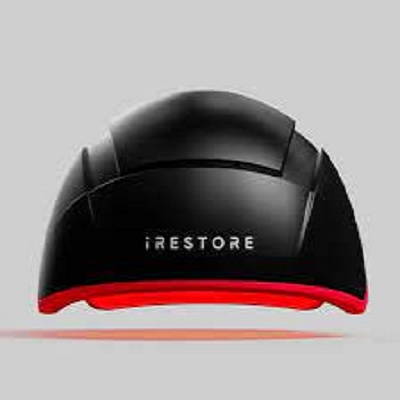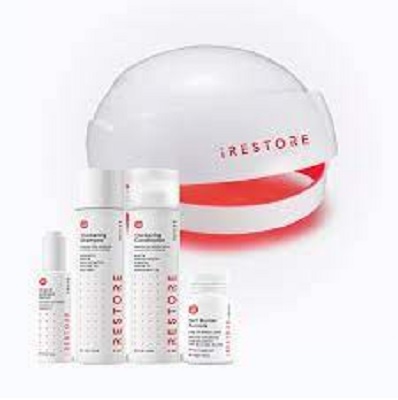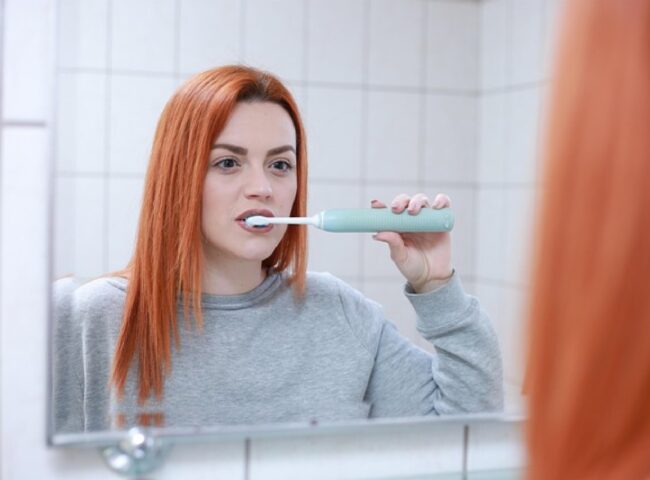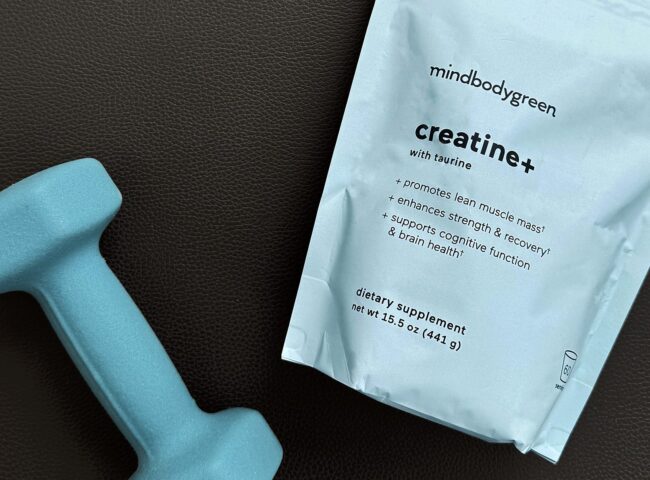Hair loss is a topic that touches millions of people around the world, affecting self-esteem, confidence, and overall quality of life. With the rise of at-home hair restoration technologies, one name that’s frequently popping up in conversations is iRestore. But does it actually work—and is it worth the investment? In this blog post, we’re diving into what iRestore is, how it works, who it’s for, and what real users are saying.
What Is iRestore?
iRestore is a line of FDA-cleared devices that use low-level laser therapy (LLLT) to help combat hair thinning and promote regrowth. The most popular product in the lineup is the iRestore Laser Hair Growth System, a helmet-like device that’s designed to be worn for about 25 minutes every other day. It delivers laser light directly to the scalp, targeting the hair follicles with the goal of stimulating growth.
It’s important to note that iRestore is not a miracle cure for baldness, but rather a clinically tested method that may help slow down hair loss and encourage regrowth—especially in the early to moderate stages of hair thinning.

How Does iRestore Work?
The core technology behind iRestore is LLLT, a non-invasive, pain-free treatment method. Here’s a simplified breakdown of how it works:
- Stimulation of Hair Follicles: The lasers penetrate the scalp and stimulate cellular activity in the hair follicles.
- Improved Blood Flow: LLLT is thought to increase blood circulation around the hair follicles, bringing nutrients and oxygen that promote growth.
- Prolonged Growth Phase: It may help keep hairs in the “anagen” or active growth phase longer, leading to thicker, denser hair over time.
Scientific studies and clinical trials have shown that LLLT can lead to increased hair count and density for some users. In fact, iRestore references a 2017 clinical study where 100% of participants saw visible hair growth after using the system for 4 months.
Who Is iRestore For?
iRestore is best suited for individuals who are:
- Experiencing early to moderate stages of androgenetic alopecia (male or female pattern baldness)
- Looking for a non-surgical, drug-free option
- Already using other hair growth products and want to supplement their regimen
- Committed to consistency—like brushing your teeth, iRestore only works if you use it regularly
It may not be effective for those with advanced hair loss or completely bald areas where follicles are no longer active.

What Are Real Users Saying?
Reviews for iRestore are generally positive, with many users reporting:
- Noticeable thickening of hair within 3 to 6 months
- Reduction in daily hair shedding
- Better results when combined with products like biotin, DHT-blocking shampoos, or minoxidil
That said, some users don’t see results—and that’s a key point: results can vary based on age, genetics, severity of hair loss, and how consistently the device is used.
Pros and Cons of iRestore
Pros:
- FDA-cleared and backed by clinical data
- Easy to use at home
- Painless and non-invasive
- Can be used alongside other treatments
Cons:
- Requires long-term consistency
- Results take months (3–6 months minimum)
- Can be expensive (though often comes with money-back guarantees)
Final Thoughts: Is iRestore Worth It?
If you’re in the early stages of hair loss and are looking for a science-backed, non-invasive option, iRestore could be a worthwhile addition to your hair care routine. While it’s not a magic wand, many users have found real success with consistent use.
As always, it’s best to consult with a dermatologist or hair restoration specialist before starting any new treatment to determine what’s best for your unique situation.
Have you tried iRestore or are considering it? Drop your questions or experiences in the comments below—we’d love to hear from you!






